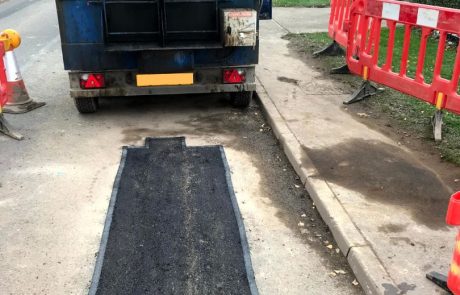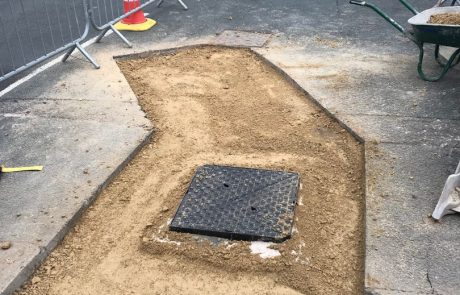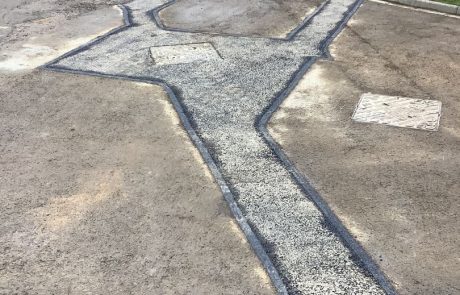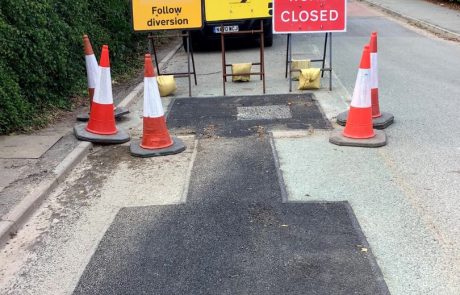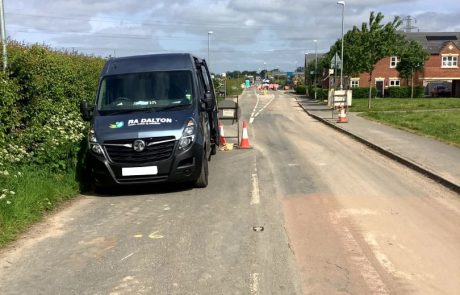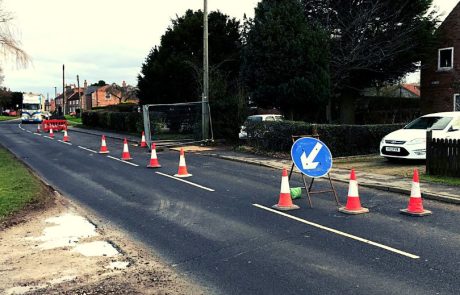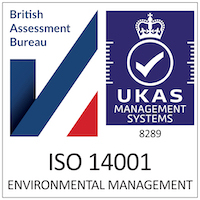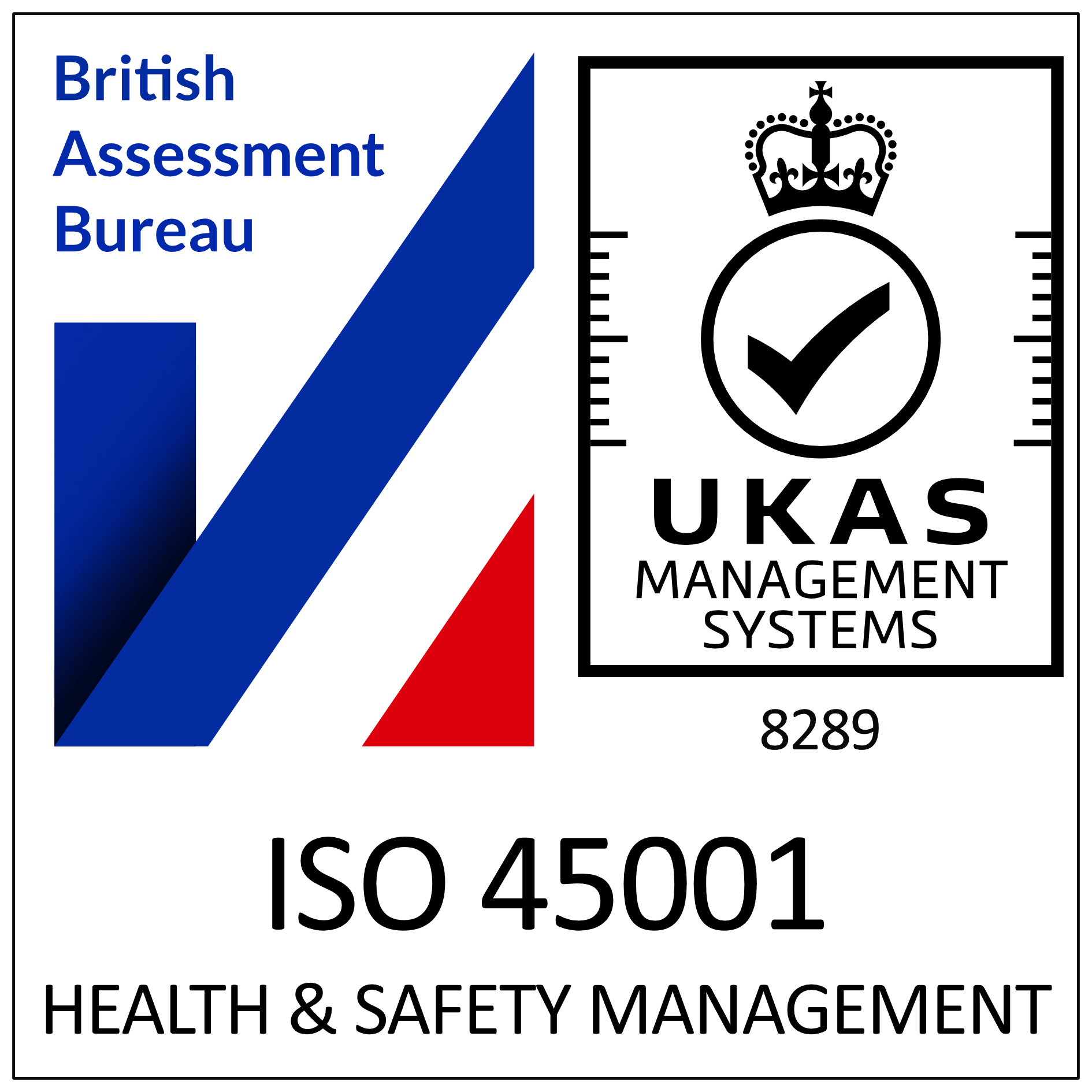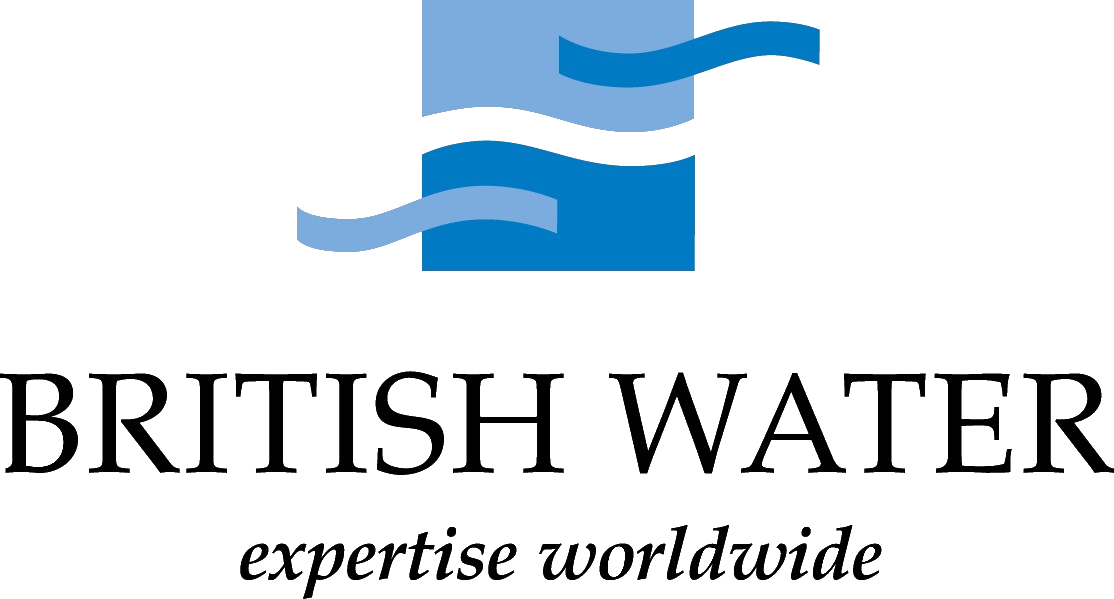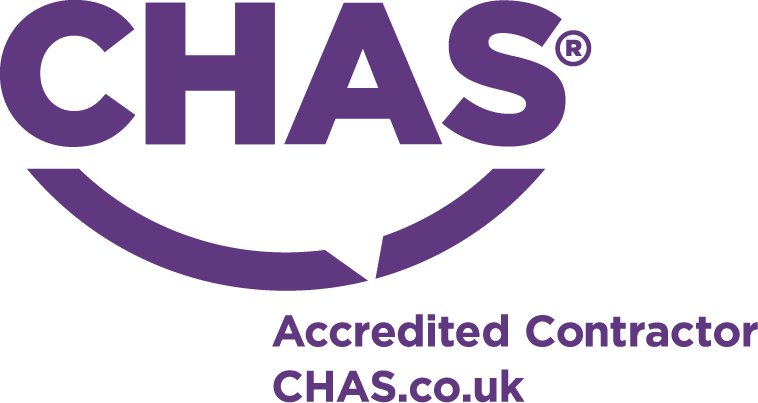RA Dalton Success Stories
RA Dalton Ltd are the Klargester number one accredited installer covering the whole of the UK.
What is involved in a connection to mains sewer?
In the lead up to any connection to mains sewer project there are a number of elements that need to be in place before works can commence, these need to be undertaken through the appropriate channels. The application process is often the lengthier element of the project and requires a considerable amount more administration.
When first looking at the project our contracts managers need to consider the following:
- Where is the proposed connection point.
- The Depth of the existing manhole (if accessible).
- Will any apparatus need to be placed in the highway.
- If so what scale of traffic management will be required?
- How will the pipework be installed and over what distance (directional drilling/ excavated).
- What route the pipework will take.
- Where the demarcation chamber will be installed and how it is constructed.
- Is there likely to be any utilities in the area and how they will impact the work.
Section 106 – permission to connect to mains sewer.
At the start of these projects the first port of call is always to acquire suitable sewer plans for the site location, this will help determine the feasibility to connect based on distance, bearing in mind that if you are within a certain distance of the sewer network you must connect to comply with the 2020 General Binding Rules.
Once the point of connection has been identified and the route calculated, permissions must be sought from the local water authority to carry out the connection, a wealth of information will need to be provided at this stage including daily flow to the sewer.
This is essential for the water authority to determine if there is sufficient capacity in the network for the connection to take place. If permissions are received then this will come with some outlined conditions such as the method of connection, which point you are able to connect to and in some cases the material of pipework required.
Section 50 – permission to lay apparatus in the highway.
If the proposed connection point requires works to be carried out in the highway, then the next phase is to ensure that a section 50 is applied for, this is done with the local council and where the start of the works scheduling will take place.
At this point a detailed route and scope of works should have already been identified along with a proposed duration of the work, this is a vital part of the project to ensure that the correct amount of road space is allocated and that the traffic management that is arranged is appropriate for the works. This often requires a number of visits to site with Traffic management companies and sometimes the council to ensure that everyone us is on the same page.
Another thing to consider is what reinstatement will be required following the works, for example a manually excavated trench some 1000 metres long will require a considerable amount more reinstatement than the same stretch being directional drilled with launch pits ever 150 metres.
Understanding the scope gives us a clear project timeline and helps us ensure that all the required criteria is met.

